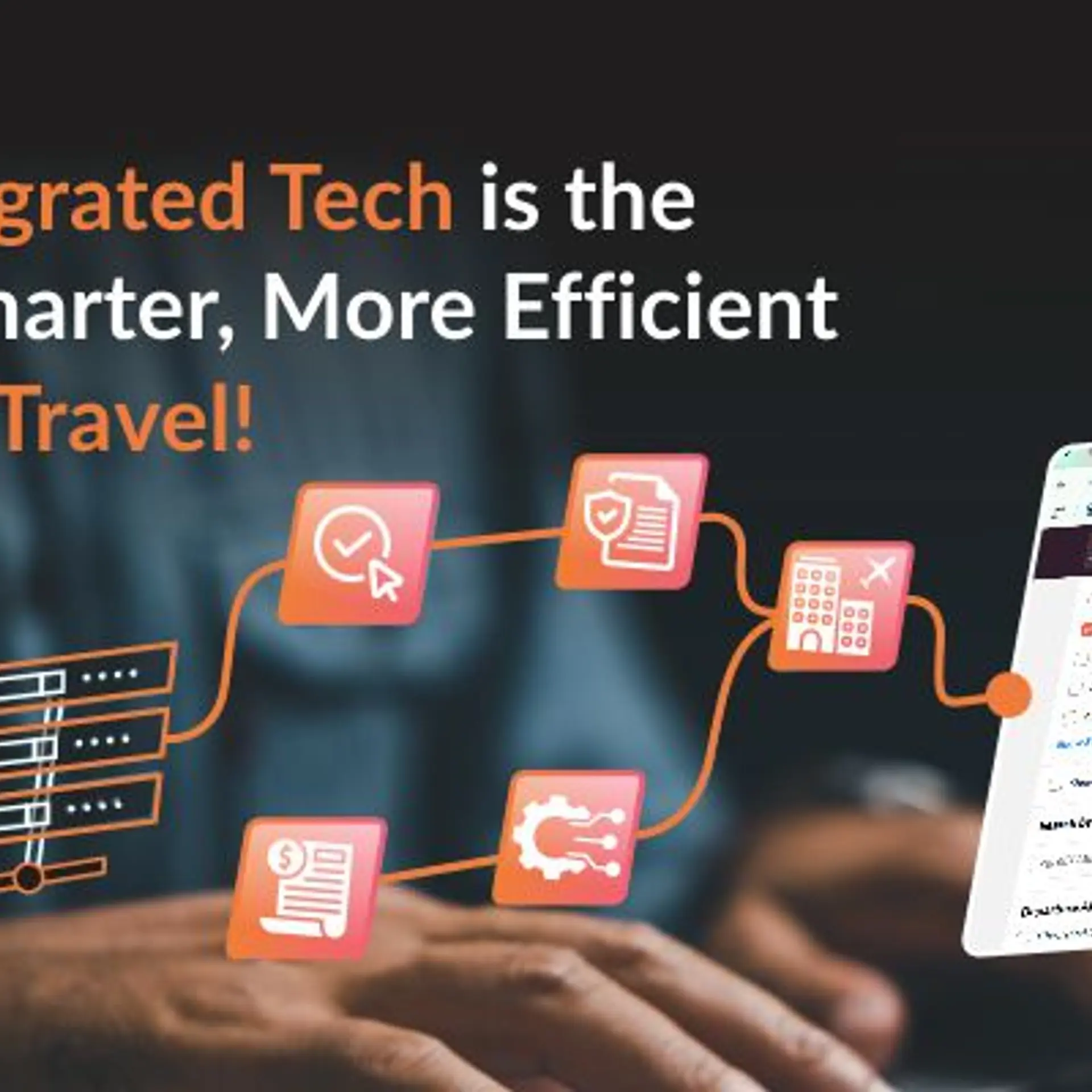Re-evaluating cold-storage infra and how tech can make it more efficient
Key challenges of the cold supply chain network in India include the large number of unorganised service providers, ill-equipped cold storage facilities, lack of trained labour, slow pace of digital adoption, and inadequate last-mile cold chain infrastructure.
The Indian cold supply chain industry has rapidly grown, especially post COVID. In 2021, the Indian cold chain logistics market was valued at $24.62 Billion, and it is expected to reach $53.07 Billion by 2027, growing at a CAGR (compound annual growth rate) of 13.66% from 2021 to 2027.
However, currently, the sector is highly fragmented and marred with several challenges which have led to wastage of 40% of the over 400 million MT of perishable food.
And according to the Associated Chamber of Commerce, our post-harvest losses amount to a whopping $14bn. Not just food but even The Indian Pharma sector is heavily dependent on the efficiency of the cold supply chain sector. As of 2021, India catered to over 50% of the global demand for vaccines, 40% of generic drugs demand in the USA, and 25% of all medicines in the UK. However, currently, up to 29% of vaccines are rendered ineffective due to damages during transit.
Some of the key challenges of the cold supply chain network in India include the large number of unorganised service providers, ill-equipped cold storage facilities, lack of trained labour, slow pace of digital adoption, inadequate last-mile cold chain infrastructure and lack of integrated supply chains, among other things.
However, with a strategic approach towards optimising cold supply chains through tech adoption, it is possible to not only iron out the inefficiencies but to also work towards building a robust network that is well equipped to function in a fast-paced growth environment while adding value.
Listed here are four crucial areas where tech adoption can help overcome these challenges:
Optimised operations
Tech adoption, when done effectively, can help not only cut down on time and labour but also drive proactive consumer engagement, build trust and drive effectiveness and productivity.
Leveraging Blockchain, data analytics and IoT, can help reduce several bottlenecks in the conventional cold supply chains, including the overwhelming amount of documentation. Going paperless and adopting e-bills, and digital custom clearances etc., can help the faster movement of consignments, thereby saving time.
In addition to reducing the turnaround time, tech adoption can also bring transparency to the entire operational process, with real-time updates, facilitated through an app/ a web-based dashboard, and help create customer delight and build credibility.
Smart storage solutions
While cold storage have been around for decades, they have so far been functioning as one large ice box, with little attention to specific storage needs of different temperature-sensitive materials. Even though modern warehouses are adopting WMS and other forms so temperature monitoring solutions, they continue to operate in Silos. A tech-enabled automation system, which utilises the best of AI, Robotics and IoT enabled devices, can be designed and integrated with the existing WMS software can go a long way in ensuring.
It can help monitor and control real-time temperature and ensure an accurate temperature-controlled storage environment is maintained, drive energy optimisation and enable workers to keep stock, log arrival and departure of shipments, predict and report any probable damage and help keep the warehouse efficiently functioning, 24x7, with little human interference.
Efficient last-mile deliveries
This continues to be the most challenging aspect of the cold supply chain network. These include lapses in maintaining optimum temperatures, using non-refrigerated vehicles for transit (especially for shorter distances), lack of tracking and tracing technology to monitor this part of the distribution, and lack of smaller reefer vehicles which in turn force dealers and retailers to use non-reefer vehicles, handling of products by untrained drivers and delivery agents, etc.
With the advent of AI/ robotics and tech advancements, the use of drones and smaller reefer vehicles can transform this leg of the cold supply chain. These innovations mean timely deliveries to the remotest corners of the country while ensuring the product is transported in an optimal temperature-controlled environment, throughout the journey.
In addition to this, advancement in automotive engineering and AI, self-driving vehicles or driverless vehicles can now be applied to cold chain networks, are enhancing the efficacy of last-mile deliveries.
Integrated supply chain
For cold supply chain networks to operate at a 100% efficiency, it is vital to leverage tech adoption strategically so as to ultimately build a truly unbroken, integrated cold supply chain network.
In addition to the above-mentioned areas for tech adoption, integration of the cold supply chain can be brought about by leveraging big data, predictive analysis, and AI for planning of shipments and forecasting demand, and building in transparency and accuracy into the system, connecting all stakeholders.
From the consolidation of shipments based on route optimisation, one can ensure that the temperature-controlled and time-sensitive perishables, can be dispatched through the fastest and most cost-effective route, thus creating an effective unbroken cold chain while optimising the process and adding value.
In order to make the above possible and to ensure smooth and accelerated progress in terms of tech adoption, it is important to create access to capital support/ FDI. The huge capital investment required for digital adoption in the cold supply chain sector is a massive challenge.
With provisions for FDI and/or capital support, it will be easier to bring in the best in tech innovations that can be applied across the cold supply chain and truly empower all stakeholders to embrace smart tech.
Tax holidays/ subsidies can also help Cold Storage. Temperature-controlled warehousing is an investment intensive yet one of the most crucial aspects of the cold supply chain and a lot of logistic service providers/ farmers/ intermediary stakeholders end up compromising on product quality due to lack of access to efficient cold storage.
Subsidies focused on the unique cold storage needs for sectors like fresh foods, dairy, meat, other frozen and processed food as well as pharma products and intermediaries would go a long way.
Swarup Bose is the Founder and CEO of Celcius Logistics
(Disclaimer: The views and opinions expressed in this article are those of the author and do not necessarily reflect the views of YourStory.)







